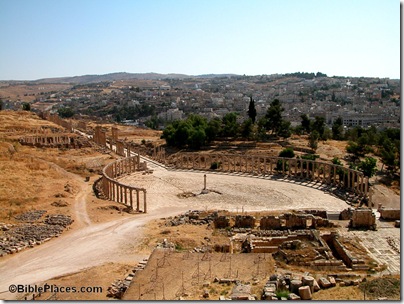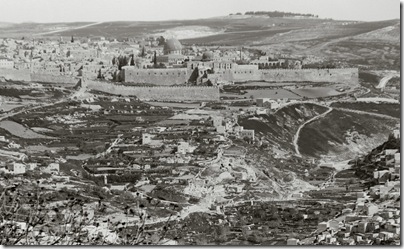Antonio Lombatti has word of reports of (recent) excavations of Magdala and (not-so-recent) excavations of the area now known as “Nazareth Village.”
Magdala: You can read Lombatti’s intro here (with beautiful photos) or read the report in Italian here. If you’re wondering if you’ve ever visited Magdala, you haven’t. You may have driven by it (or possibly hiked or biked if you’re one of those sort), but the area has been locked and sealed for a long time, and entrance available only to those who know the right people. Hopefully that will all change…
Nazareth: You can read Lombatti’s intro here or go straight to the report (pdf) by Stephen Pfann. If you’re wondering why you were unimpressed with Nazareth when you visited, it’s probably because you didn’t visit Nazareth Village, a modern reconstruction of the 1st century village.

